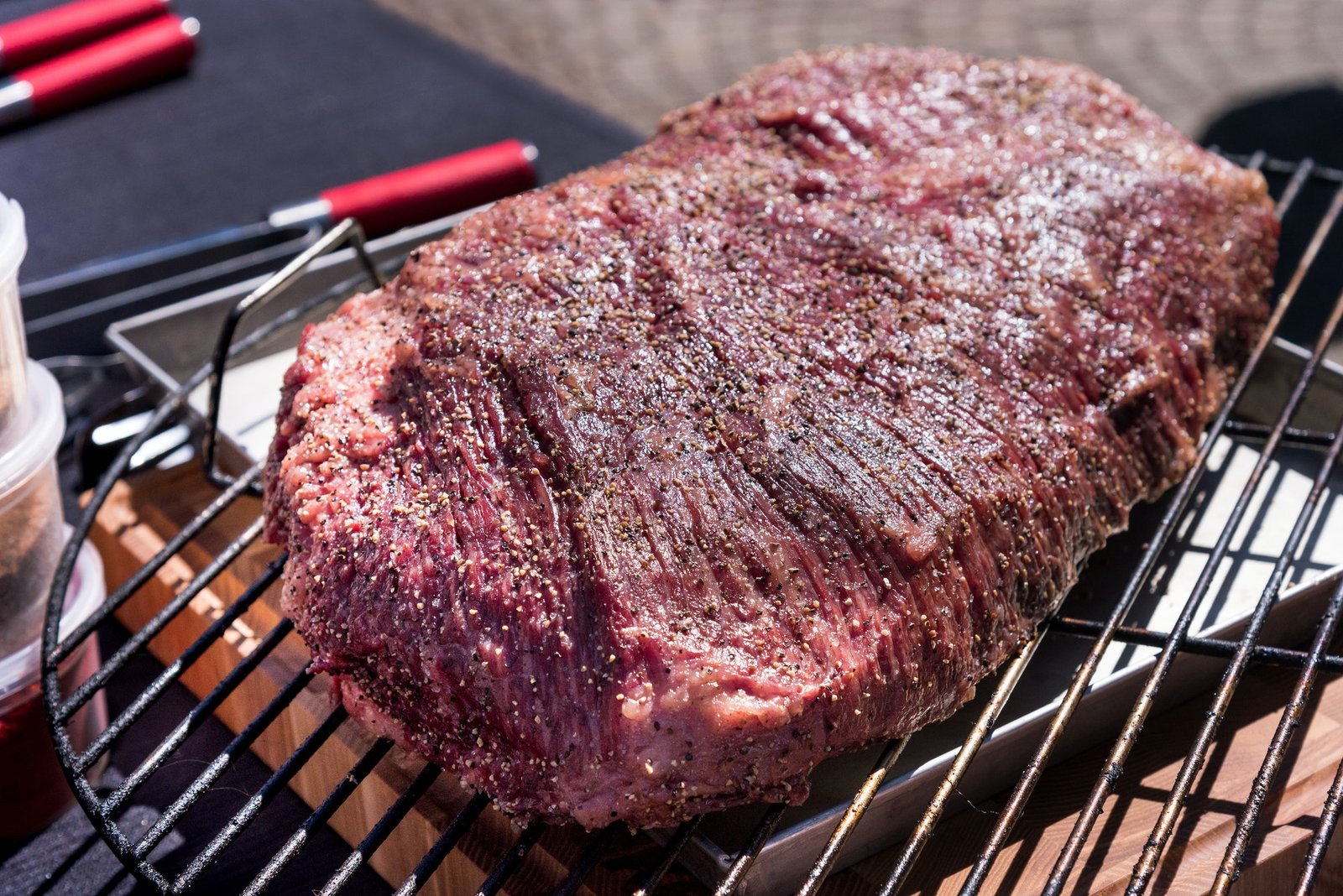
This will prevent the surface from cooling too quickly, but will allow some of the steam to escape which could cause the bark to lose its texture. Then you would use tinfoil to loosely cover the meat. In this case, you would remove any butcher paper used during the cooking process. Some advise that in order for a brisket to rest, it needs access to circulating air. Holding: The Best Way To Rest A BrisketĪs with many things, the BBQ experts have different philosophies on the best way to rest a brisket. While you might be able to get away with this important step if you’re cooking lean cuts like a chicken breast or a smaller piece of beef like steak, it’s crucial when it comes to a big piece of meat like brisket. If you cut or pierce the brisket with a knife or fork immediately after cooking, you’ll lose some of the great juices and steam that make the meat so tender. The collagen and natural fluids in the meat will redistribute and begin to thicken. After it reaches its peak, the temperature will then steadily reduce back down.ĭuring this process, the juices and fibers in the meat are hard at work.

Resting a brisket, in simple terms, is letting a grilled or smoked brisket cool sufficiently before slicing it open to prevent extra moisture loss.Īfter taking brisket away from the heat source, the temperature will first continue to rise through a process called carryover cooking. Summary: The Importance of Resting Brisket.In this article, you’ll gain a better understanding of what resting brisket is, how long it takes and why you need it. To help ensure a juicy, delicious brisket, plan for 1-2 hours of rest time while keeping the meat above 140 degrees F. The general rule of thumb is that the brisket should rest for at least one hour, but two hours or more is ideal. So, here comes the million-dollar question: how long to let brisket rest? It’s tempting to dig right in but resist if you can because the wait is worth it. I mean, it is understandable since the brisket already took you hours of prepping, trimming, watching and cooking-a long process!Īnd now you can’t wait to devour your brisket. The ultimate goal of well-cooked brisket is a thick, moist slab of meat with a crusty “bark,” a vibrant smoke ring, and meat that is so smoky you’ll keep coming back for more.īut here’s the most challenging part waiting for the brisket to sit and rest! Many people make the mistake of not allowing the brisket rest time. The golden rule with brisket is low and slow – low temperatures and slow cook time until the tender meat is soft enough to pull apart with a fork. This will also help you get a good smoke ring on your brisket.For many of us, perfectly smoked beef brisket is the holy grail of barbecue. This does extend the cooking time, but it also allows the brisket much-needed time to break down all the connective tissue.Ī good rule of thumb is to wrap only when you are happy with the deep mahogany color and bark formation. Instead of immediately wrapping the brisket at the stall, let it continue cooking, keeping it moist by spritzing brisket or using a water pan as humidity affects smoking meats. However, experienced pitmasters aren’t afraid of the stall, and in fact, they use it to their advantage. Thus, the brisket’s temperature will rise much more easily.

This locks in the moisture and prevents evaporative cooling. When it comes to the brisket stall at about 160☏, beginners are often quick to wrap their brisket in aluminum foil or butcher’s paper. Luckily, there are a few ways that you can make sure your brisket cooks long enough so it doesn’t end up tough! This is especially important when you’re dealing with smaller briskets, as they naturally cook a lot quicker. However, even if you are smoking a brisket at a low enough temperature you still need to be sure it cooks long enough for all the connective tissue, or collagen, to break down. Not cooking the brisket long enough, or cooking the brisket too fast goes hand in hand with cooking the brisket too hot.


 0 kommentar(er)
0 kommentar(er)
